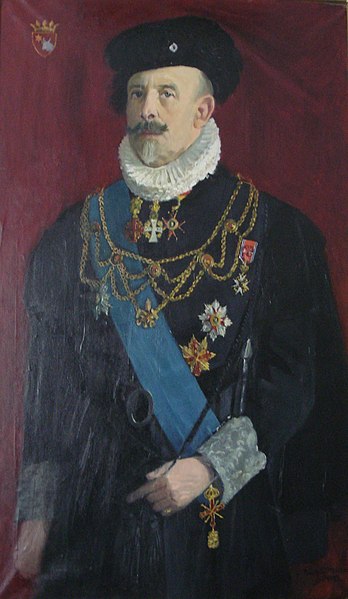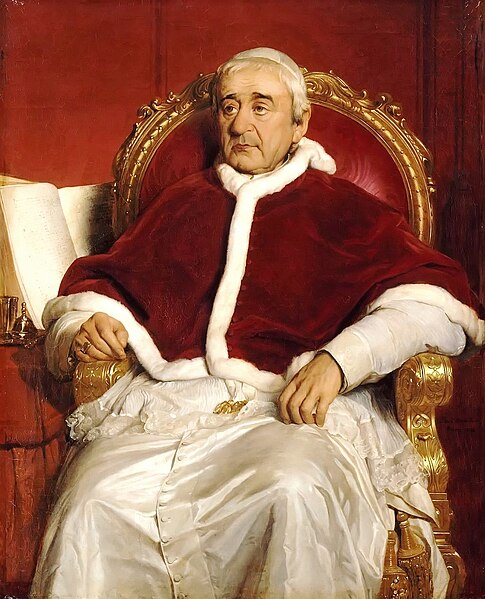The papal nobility are the aristocracy of the Holy See, composed of persons holding titles bestowed by the Pope. From the Middle Ages into the nineteenth century, the papacy held direct temporal power in the Papal States, and many titles of papal nobility were derived from fiefs with territorial privileges attached. During this time, the Pope also bestowed ancient civic titles such as patrician. Today, the Pope still exercises authority to grant titles with territorial designations, although these are purely nominal and the privileges enjoyed by the holders pertain to styles of address and heraldry. Additionally, the Pope grants personal and familial titles that carry no territorial designation. Their titles being merely honorific, the modern papal nobility includes descendants of ancient Roman families as well as notable Catholics from many countries. All pontifical noble titles are within the personal gift of the pontiff, and are not recorded in the Official Acts of the Holy See.

Christopher, Count de Paus (1862–1943), in the court dress of a papal chamberlain. A Norwegian convert to Catholicism, he was appointed a papal gentleman by Benedict XV in 1921 and created a count by Pius XI in 1923.
The Papal States, officially the State of the Church, were a conglomeration of territories on the Apennine Peninsula under the direct sovereign rule of the Pope from 756 until 1870. They were among the major states of Italy from the 8th century until the Unification of Italy, between 1859 and 1870.
The Quirinal Palace, 1777
Pope Gregory XVI
The Roman States
Roman States army





